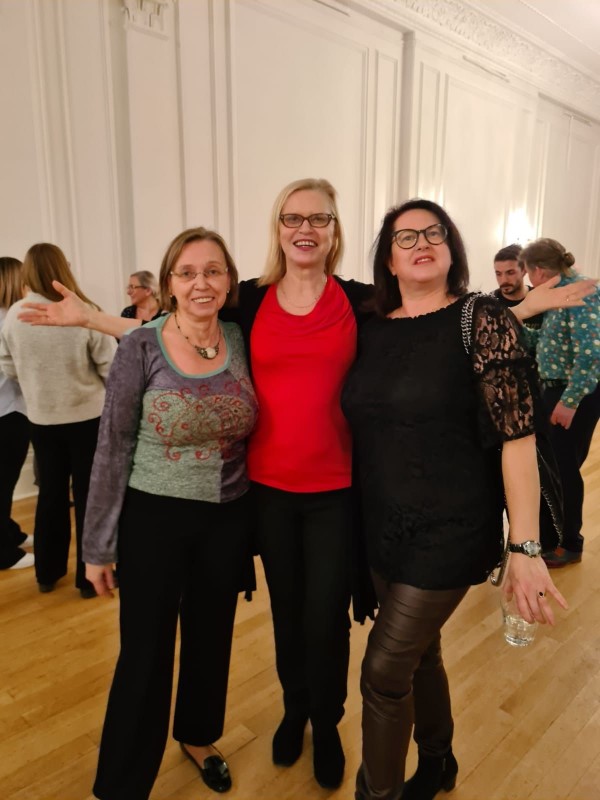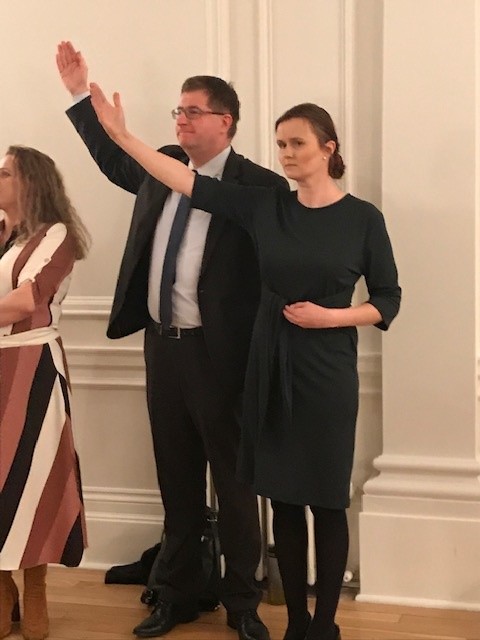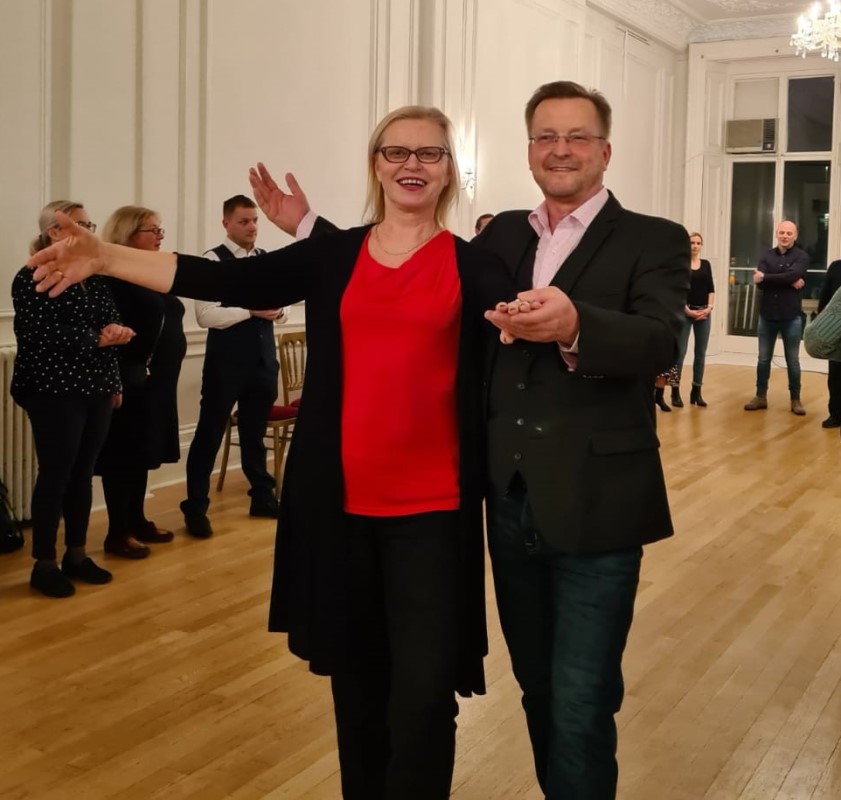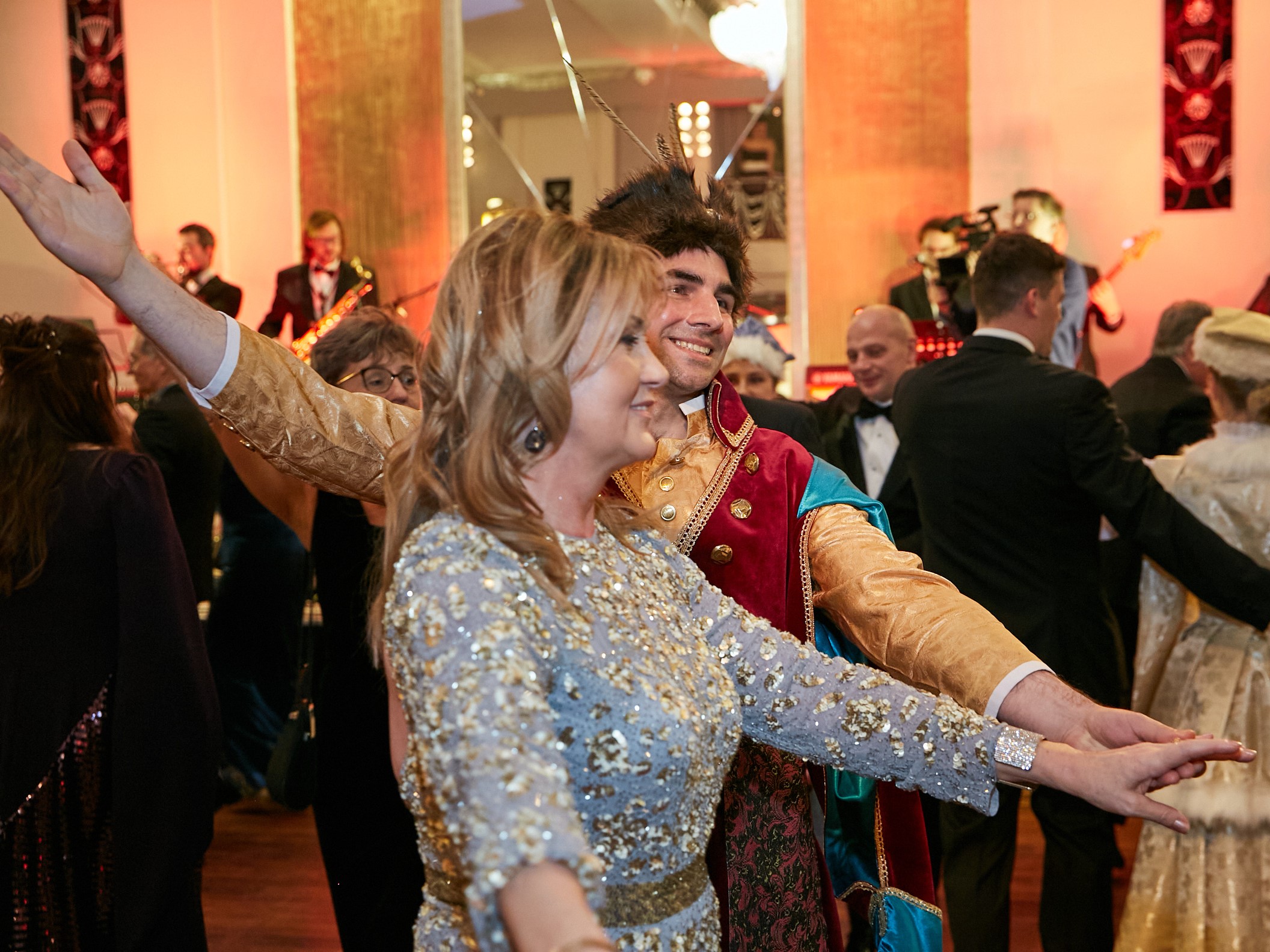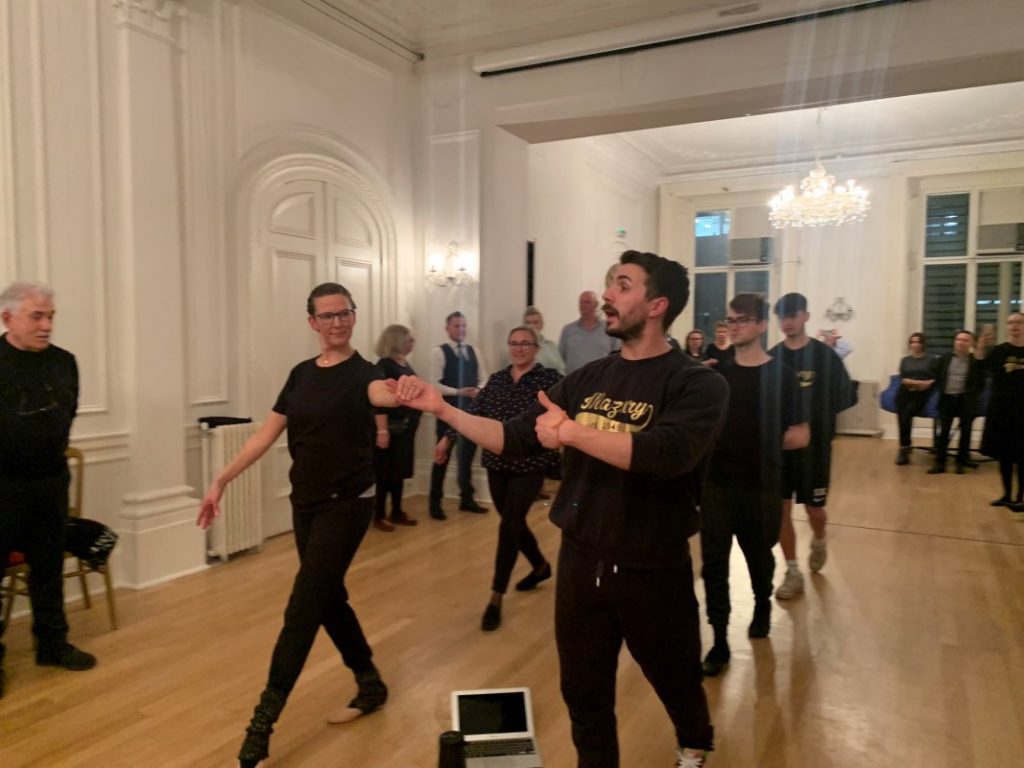
The run-up to the 50th Polish Ball in the Rhythm of the Polonaise
The 50th Jubilee Polish Ball will be held this year on the 5th of February 2022 at the prestigious Guildhall, but on the 11th of January, guests who purchased tickets were invited by the organisers to an elite meeting – learning the oldest Polish dance called the Polonaise.
The event took place at the Polish Hearth in London, and the Polonaise lesson was led by Zosia Lesiecka and Lucjan Santos-Witkowski, the directors of the Mazury group, an excellent Polish folk group in England.
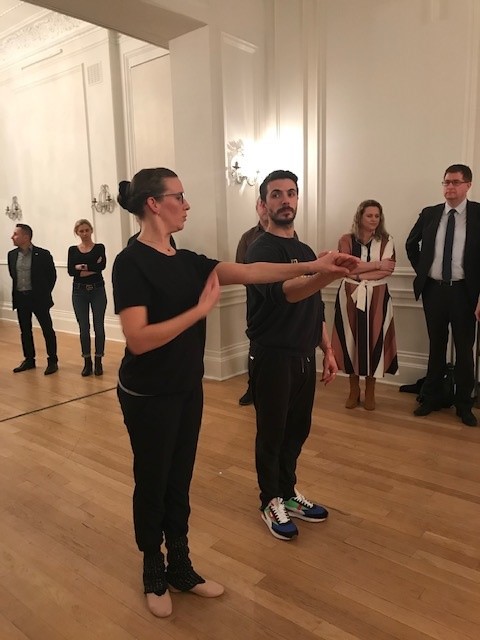
The Polonaise is a very solemn dance, which is further emphasised by the dancers’ upright figures and smooth movements at a precise pace. No wonder then, that the biggest balls in Poland, such as debutantes’ balls or graduation balls, start with this very dance. It is no different at the biggest Polish émigré ball in England – the Polish Ball.
It is worth taking this opportunity to find out what tradition lies at the origin of this beautiful and elegant dance, who danced the Polonaise, and why it is this dance that traditionally begins the most important balls, including the Polish Ball.
So, what is the Polonaise?
The Polonaise is a national dance, and its name comes from the French adjective polonaise, meaning “Polish”. It is a processional dance performed in triple time. In past centuries it was called a “walking” or “ambulatory” dance, which describes its character well. The Polonaise is based on couples moving along straight or winding lines.
What is the history of the Polonaise?
The Polonaise was first mentioned in the second half of the 16th century, and by the 17th century it had already been accepted by magnate courts. At that time courtiers and diplomats from Western Europe were the first to describe the walking dance.
According to their accounts, it was performed in pairs consisting of two women and two men. The polonaise was practised during important court ceremonies. In the 19th century, the dance became less popular, and the arrangements were limited to a few basic figures. However, this did not affect the fact that the polonaise was perceived as a national symbol. It has retained this status until today.
What are the steps of the Polonaise?
The Polonaise is one of the least demanding dances. The man and woman stand sideways to each other, with the man holding the left hand of the woman. Their joined hands are slightly stretched forward.
The right hand of both should be slightly back and pointing downwards. Simultaneously, the couple bend their knee and extend one foot forward (woman right, man left).
The first step should be the longest strong, and the next two steps should be decidedly shorter and gentler. This basic step is a fixed element of the Polonaise and is not altered in spite of the figures and transitions that are performed.
What are the figures and patterns in the Polonaise?
The applicable figures were established between 1987 and 1989 by the Council of Experts on Folklore of the Ministry of Culture and Arts. The Polonaise is distinguished by its basic step and various figures, performed simultaneously by all dancers. The most famous figures of the Polonaise are:
- setting up in fours,
- dancing in a circle,
- the snake,
- the spiral,
- passing,
- the tunnel,
- the procession.
The layout of the Polonaise can be varied, and it usually looks different every time. The only element that hasn’t changed is the basic step, which has been performed in the same, strictly defined way for years.
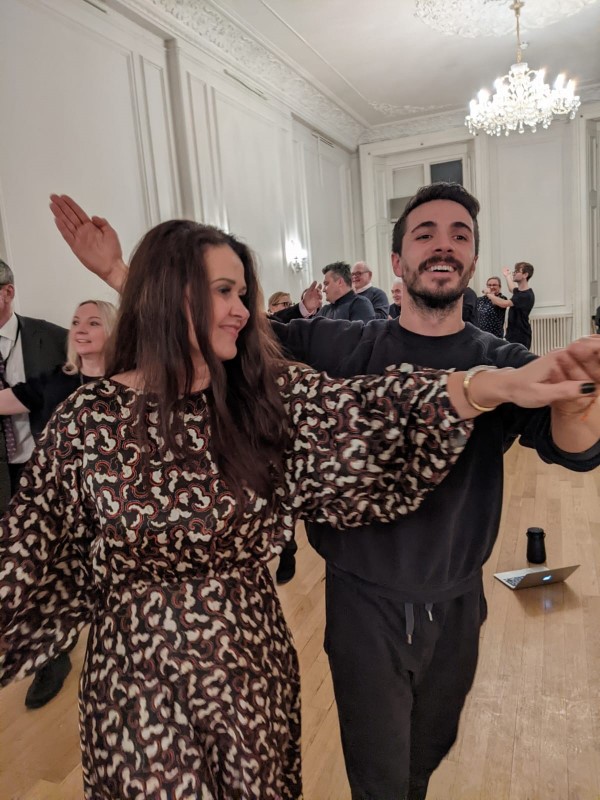
What is the costume for the Polonaise?
Nowadays, the Polonaise is usually performed at high school graduation balls, hence it is assumed that it can be danced in evening dress. However, when performing on stage, dancers wear noblemen’s costumes, which consist of a kontusz, (a split sleeve overcoat) a żupan (high collared jacket) and a sash, and in the case of ladies – long dresses. At the Polish Ball, long dresses are obligatory – preferably in white, red or black, and gentlemen should be in “black tie”, (dinner jacket) or frock-coat, or a black evening suit.
What is the music to the Polonaise?
For a long time, the Polonaise was danced to Michal Ogiński’s piece in A minor, entitled “Farewell to the Homeland”. However, after Andrzej Wajda’s film adaptation of Pan Tadeusz, the Polonaise is often danced to a piece by Wojciech Kilar.
At the Polish Ball, we will be able to enjoy a traditional orchestra, and the Polonaise itself and the procession of guests will be led by the unrivalled Mazury Dance Group.
Let us, therefore, repeat the words of our national bard, Adam Mickiewicz:
„It is time to begin the Polonaise. – The chamberlain sets off. And having lightly thrown back the sleeves of his overcoat, and twirled his moustache, he gave his hand to Zosia, and bowing politely, asks her to join him in the first couple…”
So said the poet in “Pan Tadeusz”, and we’ll be dancing the Polonaise at the 50th Polish Ball very soon.
We would also like to remind you that there will be another opportunity for ticket holders to learn the Polonaise on January 18, at 7.30pm, at the Polish Hearth. After the dance, the organiser would like to invite you to a glass of wine and a chance to get to know one another. Tickets are still available on the Polish Ball website.
See you at the Ball!
Iwona Golinska
Iwona Golińska: a participant and supporter of the Polish Ball and President of Polish Sue – a Polish organization in the UK, dedicated to the development of good Polish-British relations under the patronage of Sue Ryder.
Zdjecia:
Iwona Golinska
Jolanta Grzybowska-Szczurek
Magdalena Vidotto
